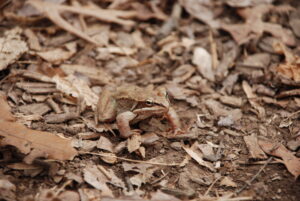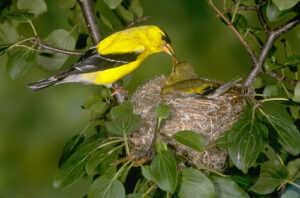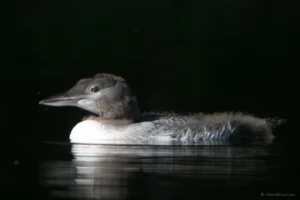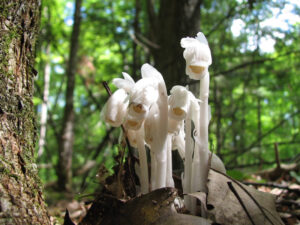Phenology: The study of cyclic and seasonal natural phenomena, especially in relation to climate and plant and animal life.
In other words, phenology is the study of how things change in nature over the year. How does the weather change month to month? What kind of animals are we seeing or hearing? What do the plants look like? Do you notice more frogs or tadpoles this time of year? When spending any amount of time outside you are bound to notice changes.
Mary Holland’s book Naturally Curious: A Photographic Field Guide and Month-by-Month Journey through the Fields, Woods, and Marshes of New England is an amazing resource to learn about just exactly that.
August is a special month for our local ecosystem. Holland calls August a month of “dispersal”.
The nature of the activity that surrounds us changes as summer progresses. Fledglings are, for the most part, now independent of parents and feeding on their own. Some birds are beginning to disperse from their breeding grounds and others, especially shorebirds, are migrating south. While the decrease in bird songs is very noticeable, this avian silence is filled by the songs of male grasshoppers, katydids, crickets, and cicadas, which persist through the day and well into the night. There is no time to lose as these insects must attract mates in order to breed and lay their eggs before temperatures begin to drop significantly. Nearly every step taken along the shore pf a pond or lake is greeted with the startled jump of a young frog, now fully equipped with four legs and breathing with lungs. Eggs of turtles and snakes buried several months ago are hatching. Trees, shrubs, vines, and wildflowers are producing fruit, often packaged to entice would-be seed dispersers. The miniscule spores of moss, ferns, and fungi ripen and drop to the ground, or are blown about by the wind. Summer has done its work; the next generation of plants and animals is well on its way.
Some things you may notice in the Lake Auburn watershed this August is the Wood Frog spending its days blending into the brush on the forest floor to evade predators, or you may notice the songs of the American Gold Finch who is a late nester and is finally rearing young come August. The young Loons commonly found on Lake Auburn are changing too. The chicks are molting as they mature, giving them a funny appearance.
This is also the time of year you might see Ghost Pipe, a white ghostly looking flower that lives on the forest floor. This parasitic flower does not produce any of its own food, thus lacking chlorophyll and the ability to photosynthesize, instead it attaches itself to mycorrhizal fungi root networks underground and suck up nutrients the fungi share with other plants and trees.
Take some time to notice the movement and sounds around you this August. Notice how things change throughout the month. Keep a journal for your own Phenological study around Lake Auburn and enjoy what warm August days have to offer!
Comment below to share your observations!




